Dwyer and his co-pilot mistook a line of thunderstorms for the Georgia coast on their radar, but by the time they realized this, they had no way out.
As they entered the heart of the storm, the scientific instruments on board suddenly began to register something totally unexpected.
The plane was being surrounded by positron-electron explosions causing peaks of high-energy, photon gamma rays - a clear sign of antimatter.
The plane plunged downward and began to shake violently. "I really thought I was going to die," Dwyer said.
So what is antimatter?
ExtremeTech explains that;
"Antimatter is the name we give to particles with the same mass, but opposite charge, as the particles of which we are composed. When an antiparticle comes in contact with its corresponding "normal" particle, they annihilate each other and release gamma rays. In this case, the team detected a large number of positrons (the antiparticle of an electron) in that storm."But the positrons in the storm seemed to somehow steer themselves towards the plane, and what force did that remains a mystery.
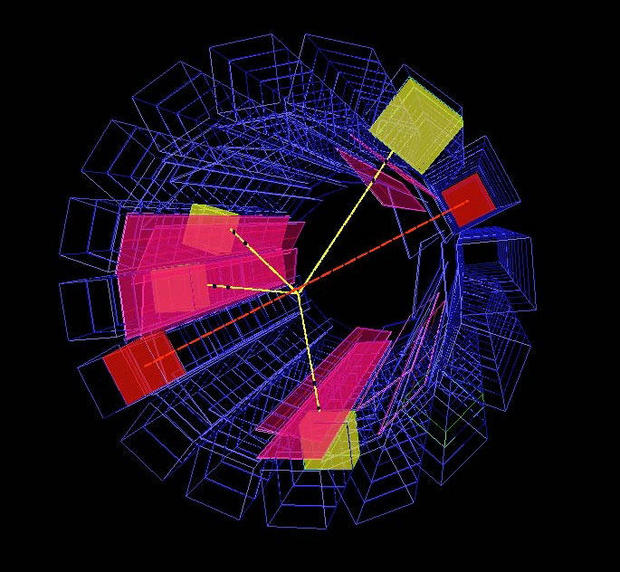
Aleksandr Gurevich, an atmospheric physicist at the Lebedev Physical Institute in Moscow, suggests that the plane's wings could have become charged, producing extremely intense electric fields around them, causing the creation of positrons.
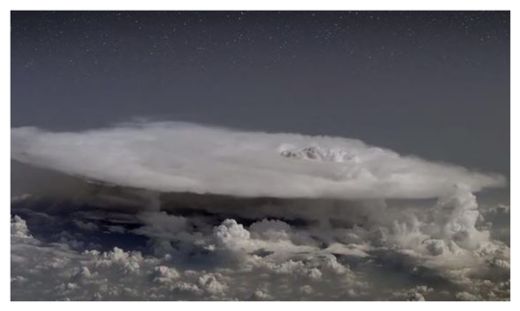
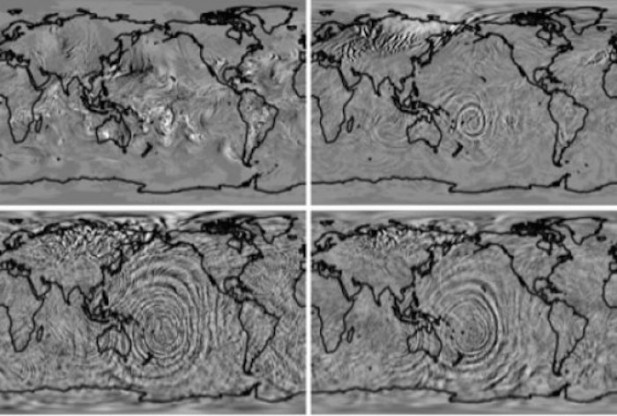
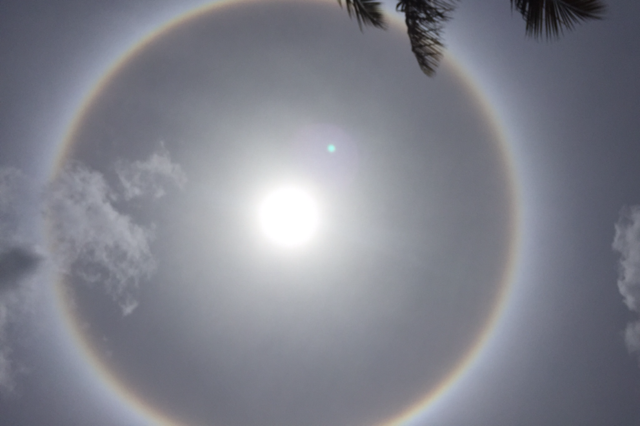
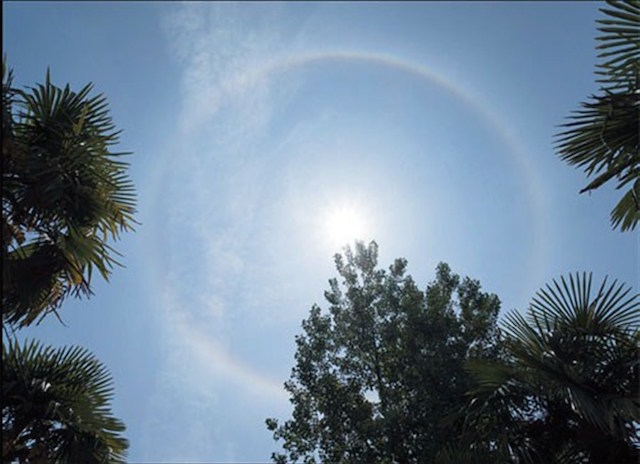
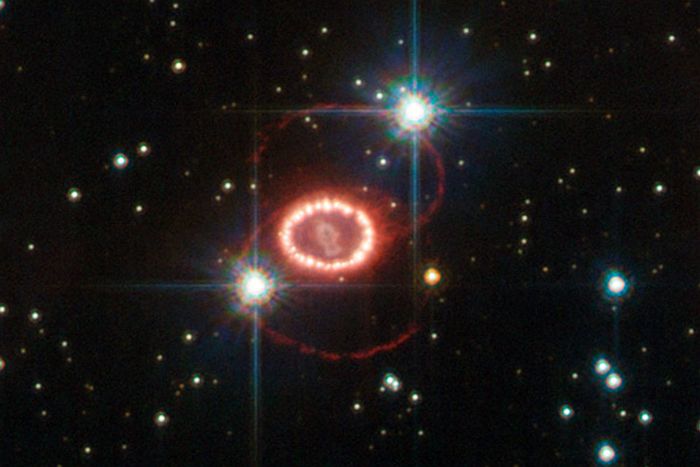
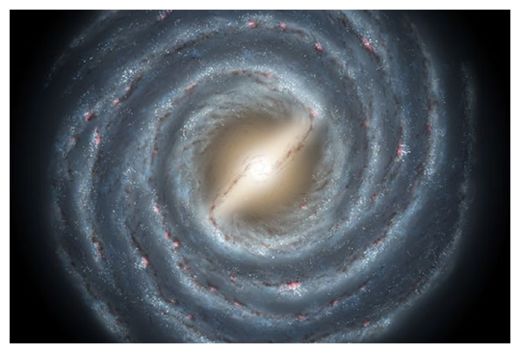


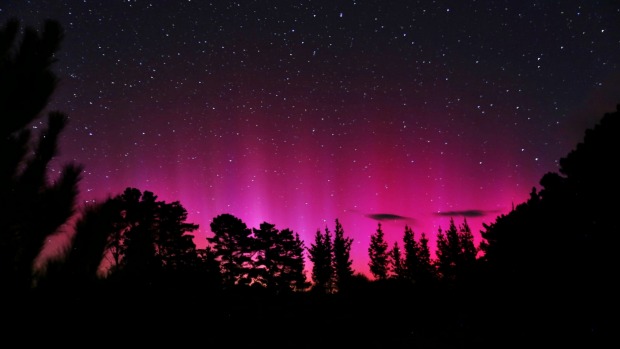
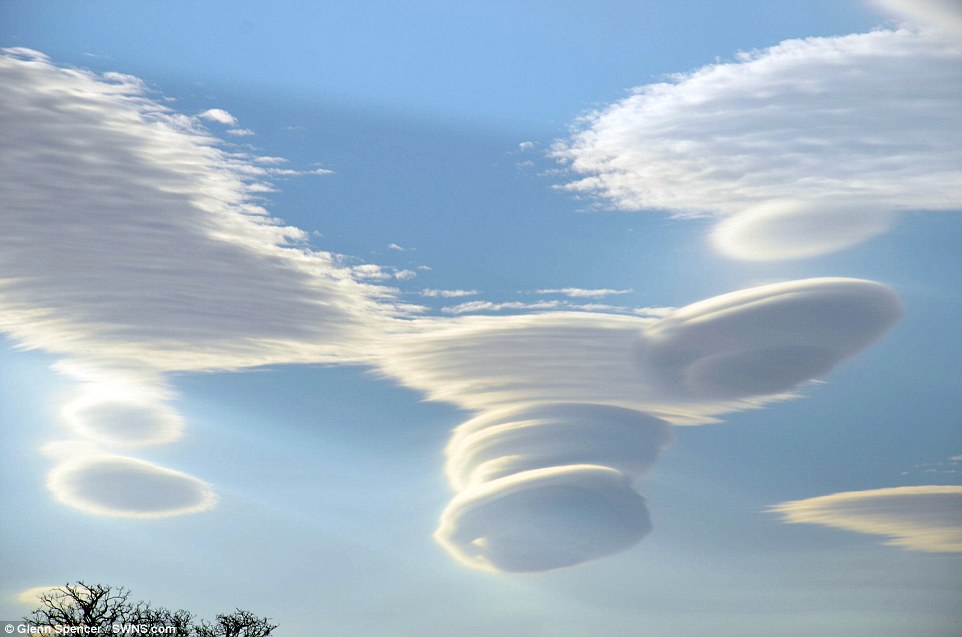



Comment: Spectacular sun halo captured over Wirral, UK